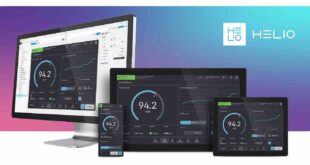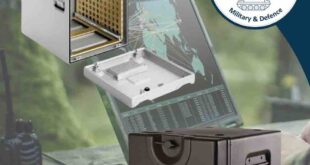Factories populated by autonomous vehicles delivering parts and sub-assemblies across the shop floor, robots working alongside human operators to assemble customised products – all scheduled automatically by live orders placed online. While this is a utopian vision of manufacturing for many and there are certain industry sectors where the journey to smart manufacturing is a long one, there are factories that operate like this right now. So what should we expect from the automation companies and system integrators helping to make it happen? Barry Weller provides his view for factories of the future
Connectivity is one of the essential requirements for the current changes we are experiencing in the industrial landscape (described in-part by Industry 4.0) where machines, operators, departments and customers are all linked to allow various stakeholders to make highly responsive production decisions.
Even though a high level of connectivity is already a feature of many factories around the world, like the mobile phone revolution, it is more the physical interface between factories and humans, robots and other autonomous devices that we see changing.
The more challenging, innovative aspects of future factories therefore are the ones at the intersection of technologies such as augmented reality, virtual reality, artificial intelligence (AI), cloud processing and edge computing. In fact, these different technologies do work together in the latest automation solutions and are mutually beneficial.
Looking into the future
For example, immersive technologies, such as augmented reality (AR), virtual reality (VR) and mixed reality (MR), can boost their effectiveness and become more intuitive and natural to use by applying AI concepts to process data and the generation of information being received.
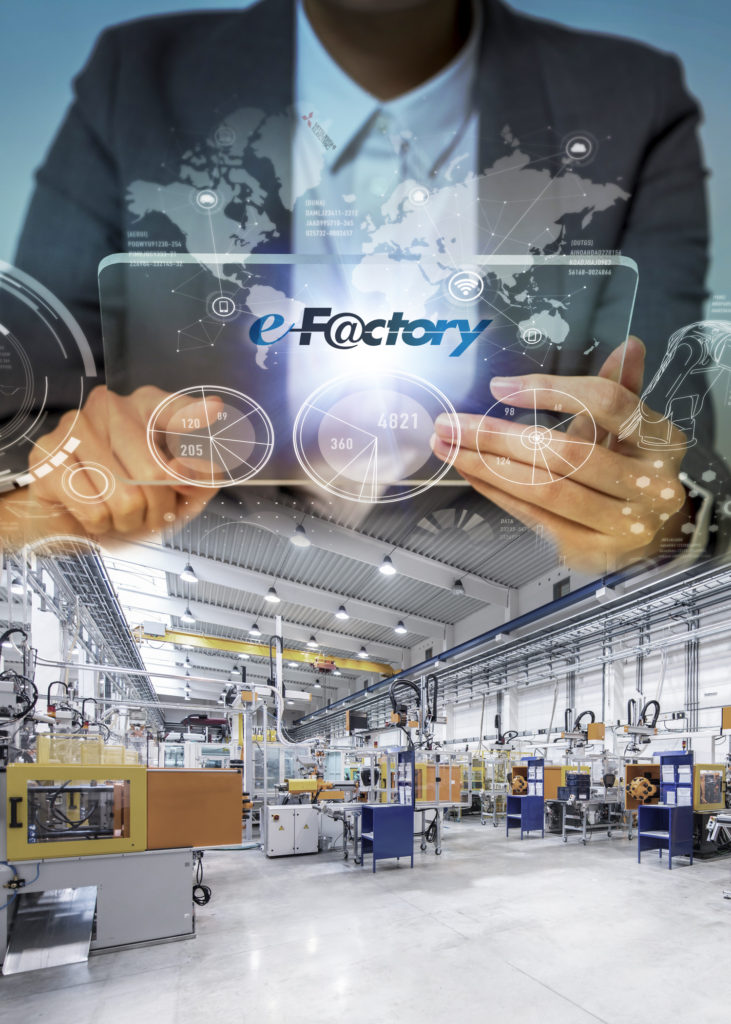
At the same time, the improvements in immersive technology and AI need unprecedented processing power and that in-turn benefits from the use of edge computing to perform data mining and analysis at high speed and bandwidth with low latency.
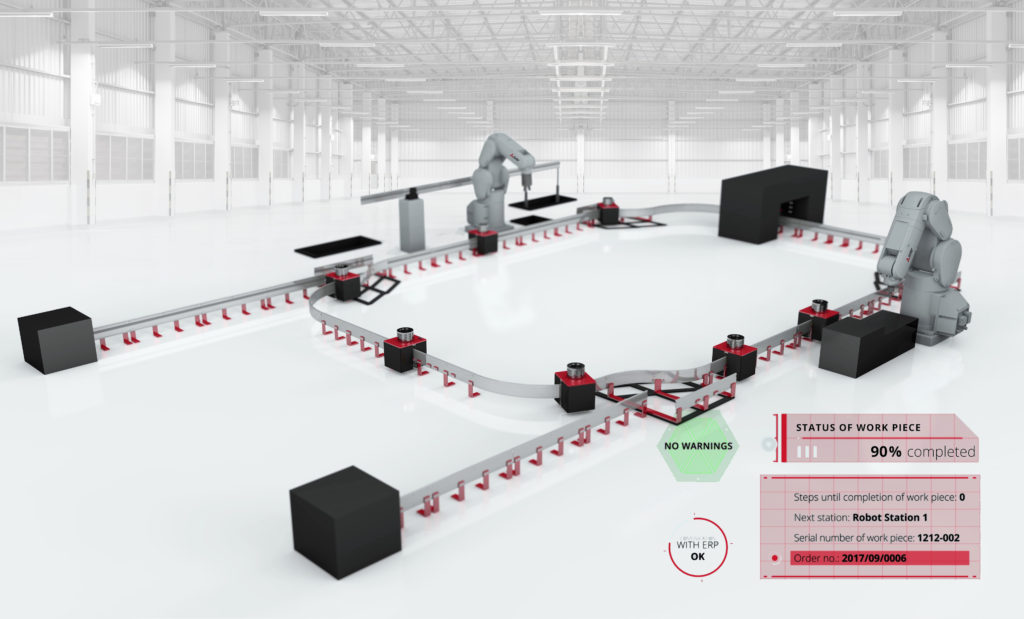
A good practical example of this interdisciplinary approach is Mitsubishi Electric’s cloud-based robot solution interfacing to IBM Watson AI platform for predictive maintenance.
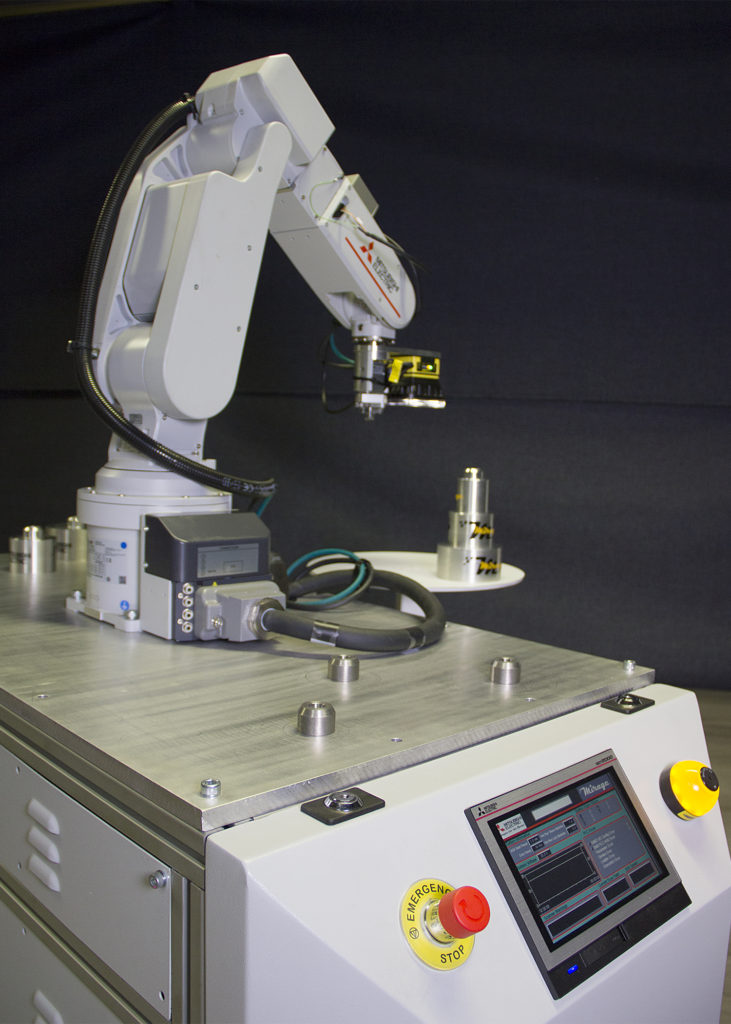
It uses predictive maintenance models and simulations based on the robot’s actual usage and wear characteristics to provide information on the robot’s condition and future maintenance requirements.
Guidance on the maintenance tasks to perform are then provided to the engineer by various means, from traditional HMIs (Human Machine Interfaces) or SCADA (Supervisory Control And Data Acquisition) systems to AR using smart glasses or by interfacing to mobile devices such as tablets and phones.
The technology partnership approach
Mitsubishi Electric and its partners are continuously developing new solutions to stay at the crest of a technological wave for industrial applications via its e‑F@ctory Alliance programme, which includes combining the wide spectrum of digital technologies that are available.
By doing this, the company aims to provide today’s industry with the tools to step into the future and attain the highest levels of productivity and success through responsive manufacturing.
Digital technologies can be merged to create new physical systems.
An innovative packing and assembly system for example like the Linear Transfer System with Smart Carriages, also developed by Mitsubishi Electric and one of its e‑F@ctory Alliance partners serves as another good example.
This solution features intelligent carriages that move independently and PLCs that provide the on-board intelligence needed to create a unique path through production.
They can also switch lines to access different workstations, give the workstations instructions and optimise a route on the fly, avoiding any hold-ups.
Unique products can then be assembled using the same production line, whereby workstations can be completely automated with integrated robotics or include human operators.
When human operators are more effective at an assembly task, the challenge is to enhance quality and consistency to robot-like levels while keeping the work rewarding and interesting.
It is possible to do this by integrating another innovation, Mitsubishi Electric’s Guided Operator Solutions, into the workstation.
This modular pick-to-light and product recognition system based on the principles of Poka Yoke delivers huge improvements in assembly efficiency and seeks to eliminate mistakes and reduce waste.
Assembly work stations can be linked to production planning via the MAPS supervisory control and data acquisition (SCADA) solution, or directly from edge computing solutions.
Visual assembly instructions and material lists can be streamed live to high-definition touch-screen HMIs which coordinate with an automated bin system to ensure picks and build sequences are 100% accurate.
Hand-in-hand with robots
Human-Robot Cooperation (HRC) meanwhile is a hot topic in industrial automation and is now quickly moving from R&D demonstrations to commercially viable and available systems.
Thanks to advanced sensors and teaching capabilities different models from Mitsubishi Electric’s MELFA robot range for example combine the benefits of industrial machines, eg speed and accuracy, with the safety of collaborative robots.
Different models can work with people at varying proximities, from occasional visits to the same area, right up to full interaction, sharing the same work space.
This means the operator and robot can work on the same task at the same time, enabling the best assets of each on a process – the reliability and position of the robot and the flexibility of the operator.
In another example of what is happening right now with combined robot technologies, Mitsubishi Electric has worked with technology partner Mirage, a manufacturer of automated guided vehicles (AGVs) to develop an AGV equipped with a robotic arm, which can safely operate close to human operators and whose maintenance status could potentially be monitored with Mitsubishi Electric’s AR solution incorporating AI.
Zonal safety sensors allow the robot to move around from one workstation to the next, like a human in a safe and controlled manner.
The picture is getting clearer
The latest automation solutions being brought to market right now demonstrate clearly how more factories will operate in the near future.
They also demonstrate how a holistic approach to digital technologies is probably the only practical way forwards: It can connect all the aspects of factory production with customer demand, allow the development of new methods for production management, increase transparency for enterprise resource planning (ERP) as well as bringing to life the next level of human / robot interaction on the shop floor.
These innovations don’t just help us attain a future ideal of a factory, they improve the practical everyday operation of plant systems and make industrial processes more cost-effective, as they lower production costs, increase production output from a smaller footprint and provide flexible and easily customisable production systems.
Barry Weller is Product Manager with Mitsubishi Electric.
 Engineer News Network The ultimate online news and information resource for today’s engineer
Engineer News Network The ultimate online news and information resource for today’s engineer



